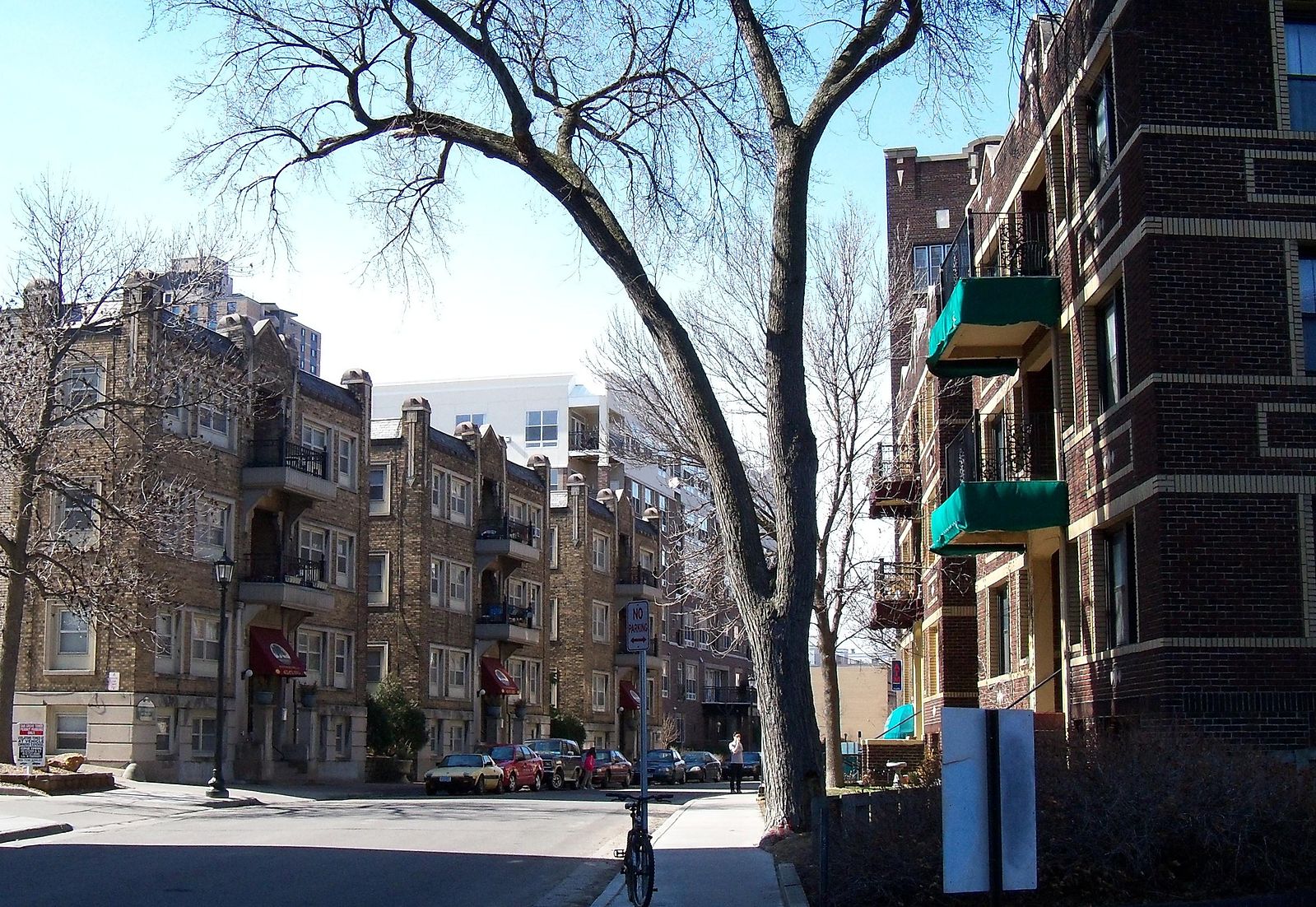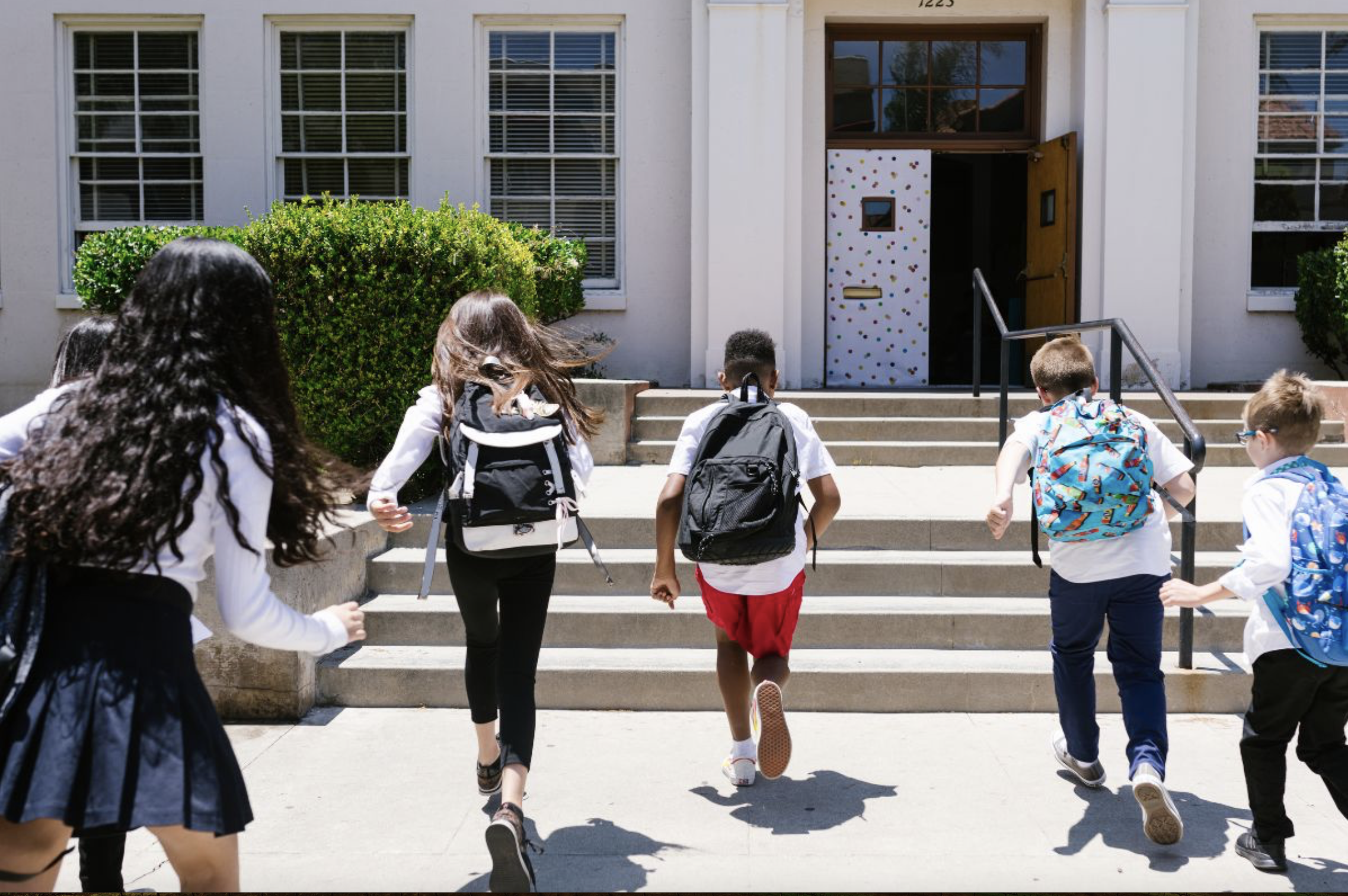It's not just where you live, but what kind of building you live in that has a profound impact on travel behavior.
In the Twin Cities, for instance, people living in multi-family housing -- apartments, condos, or any kind of dwelling that shares walls with its neighbors -- travel by car 25 percent less than people who live in single-family homes. And they get around by walking, biking, and transit much, much more.
Heidi Schallberg at Streets.mn shares this chart of 2010 survey data from the regional Metropolitan Council, which accounts for all trips -- not just commuting -- made by residents of St. Paul and Minneapolis proper.

Housing type is likely a proxy for several other factors too -- like parking availability, distance from downtown, and access to good transit. But the chart communicates an important point: Building denser housing isn't the traffic nightmare people often make it out to be. In fact, you need it in order to have a low-traffic city.
Schallberg says this type of data should help calm common NIMBY fears that multi-family housing developments will lead to gridlock:
The proposed zoning for housing on the Ford site in St. Paul only includes multifamily buildings. Current residents of nearby single family houses worried about how traffic related to the site will impact them should be relieved their new neighbors are much less likely to drive than they are.
More recommended reading today: Bike PGH reports that 23,000 people turned out for Pittsburgh's open streets event last weekend. And the Better Bike Share Blog shares new research about what low-income people of color want from bike-share service.






